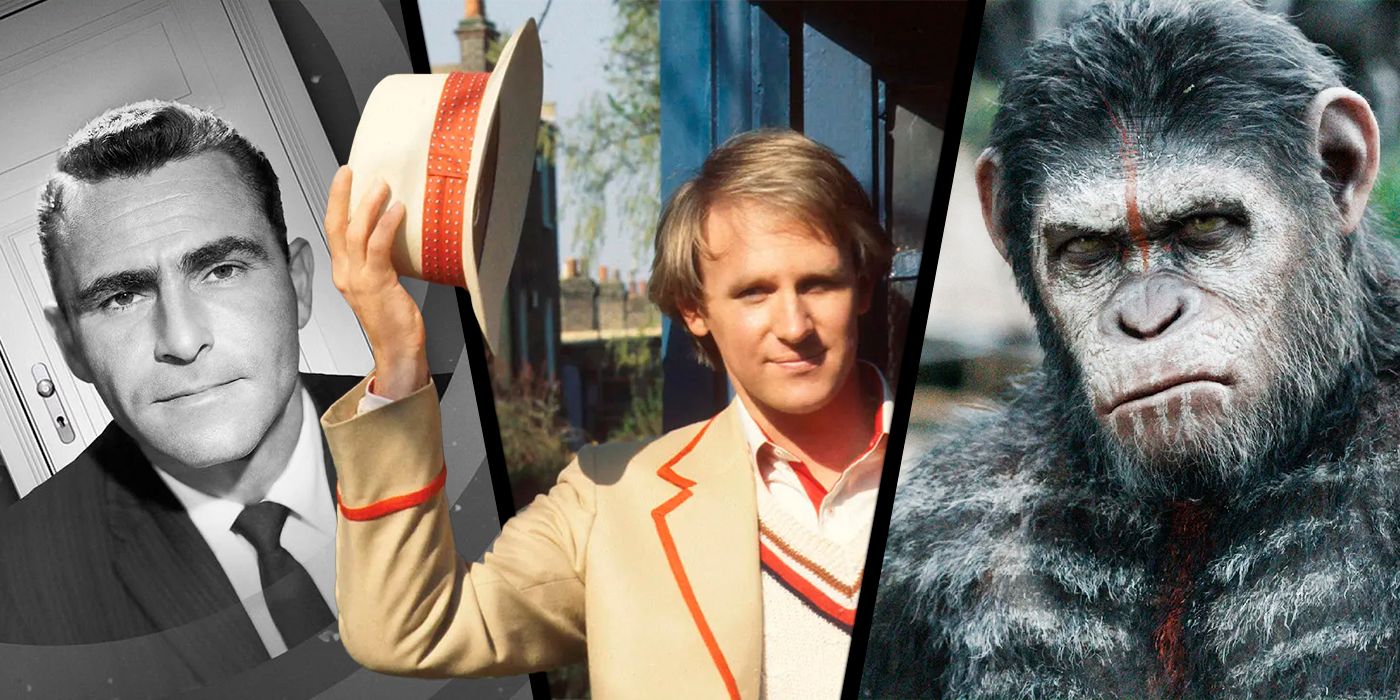
Nowadays, science fiction shows are significantly distinct from the classic sci-fi series from the 1960s to the 1980s. The contemporary science fiction series benefit greatly from modern technology and audiences who are receptive to innovative approaches like blending genres and intricate storytelling. Yet, it’s worth noting that several old-school sci-fi shows managed to surpass their time’s constraints, resulting in some truly exceptional programs.
Classic science fiction shows excel in various aspects, such as groundbreaking ideas, practical effects that leave one awestruck, and a raw creativity that never fails to impress. These timeless series not only provided entertainment but also stretched the limits of what was considered possible in sci-fi, paving the way for future developments in the genre. Despite their age, they still resonate today due to their vintage allure, thought-provoking themes, and innovative storylines that continue to captivate viewers.
The Perfect Blend of Sentimentality and Camp
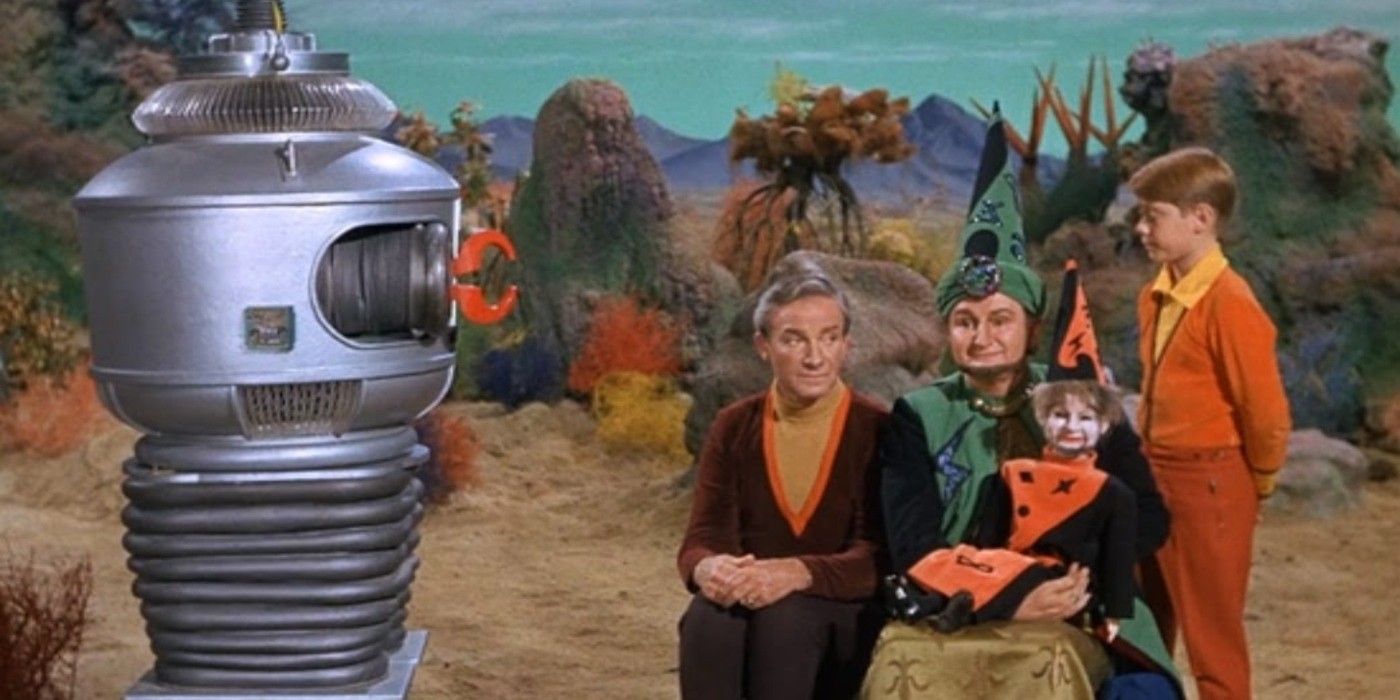
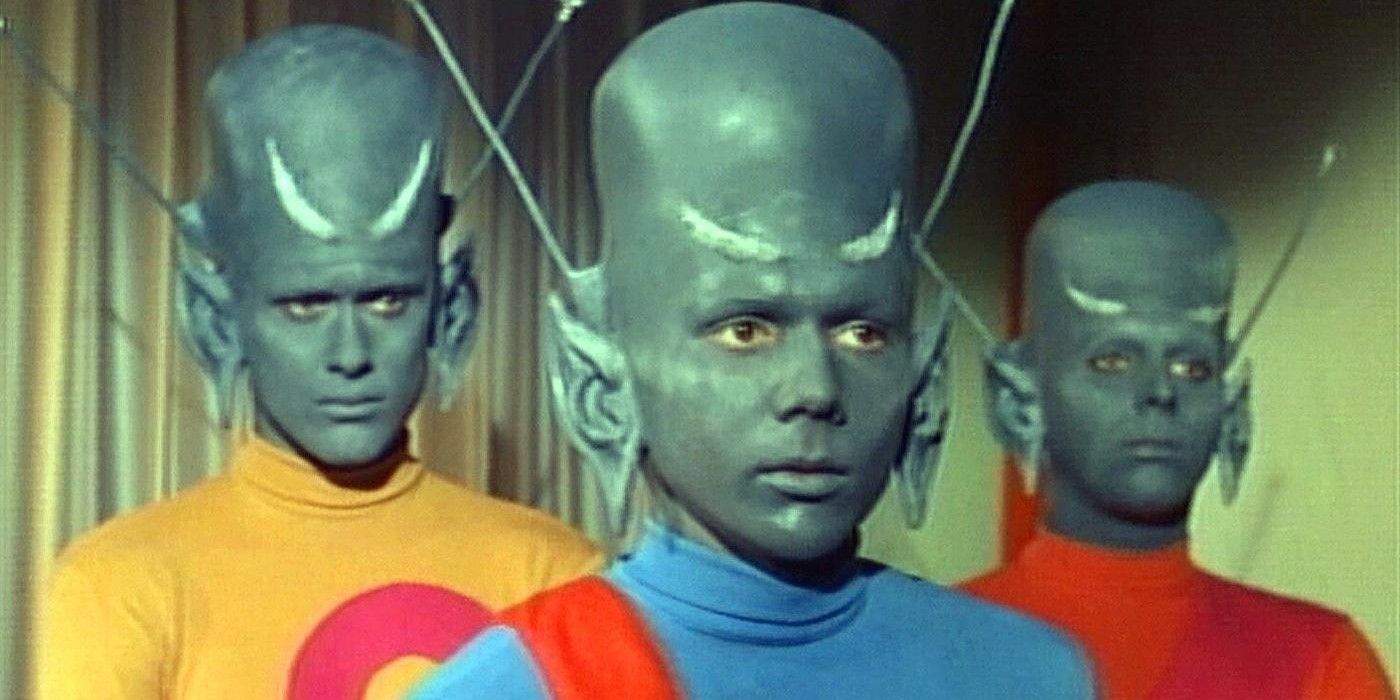
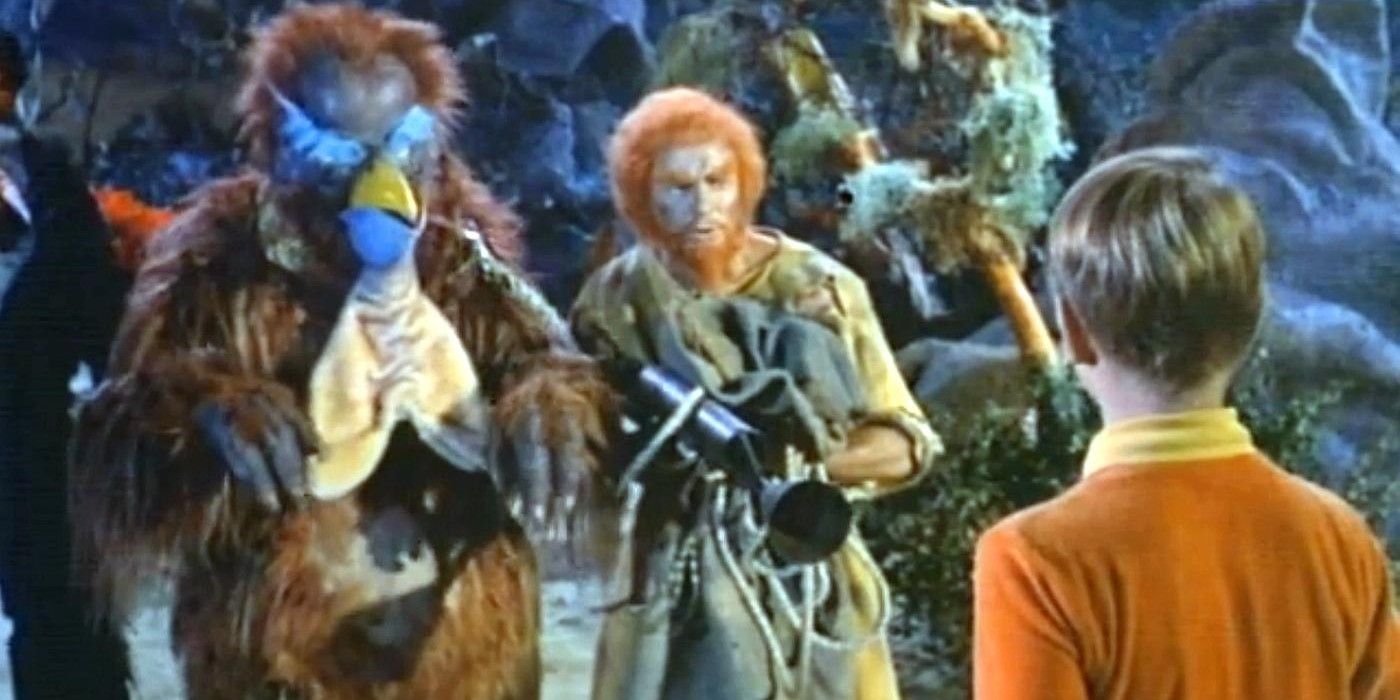
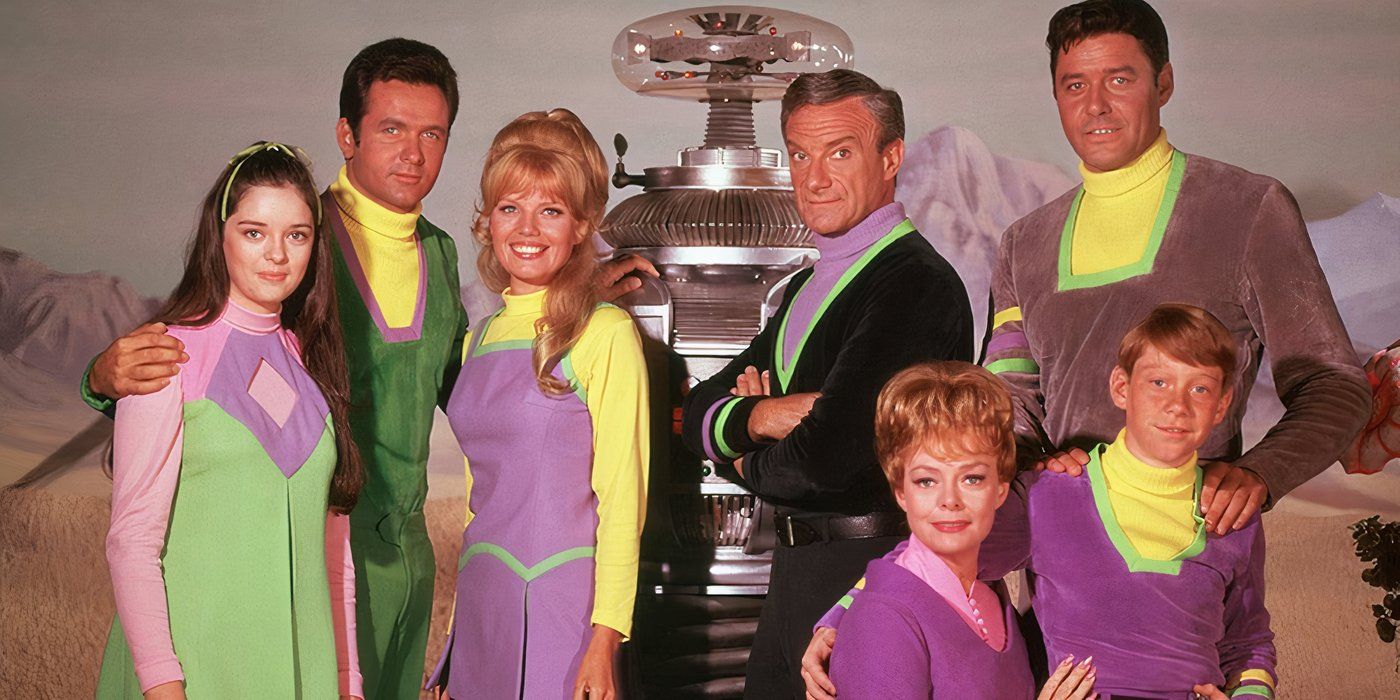
Originally airing in 1965, “Lost in Space” series was inspired by the novel “The Swiss Family Robinson” by Johann David Wyss. This show chronicles the adventures of the Robinson family, space colonists who find themselves lost during their exploration mission and spend three years navigating through different planets as they strive to find their way back home.
Lost in Space offered a fun blend of science fiction, family values, fanciful tales, and occasionally corny but touching messages and life lessons. While it might seem too exaggerated for modern audiences, it played a significant role in countless childhoods during its broadcast and remains a sci-fi touchstone, demonstrating that the genre can be enjoyed by all.
Like The Twilight Zone but With More Sci-Fi
In the realm of classic sci-fi anthology series, I can’t help but feel a special appreciation for “The Outer Limits,” which graced our screens from 1963 to 1965. While it shares some similarities with other shows like “The Twilight Zone,” there’s something uniquely captivating about it. What sets “The Outer Limits” apart is its unwavering commitment to pure science fiction, unlike the more genre-diverse approach of “The Twilight Zone.
The show gave birth to several unforgettable science fiction personas such as the hideous Zanti ants from “The Zanti Misfits,” the enigmatic energy being in “It Crawled Out of the Woodwork,” and the genetically altered microbe in “The Probe.” Its influence extended to other sci-fi creations like Star Trek, and it provides intriguing perspectives on the fears and apprehensions of the era by delving into themes of nuclear proliferation and unchecked technological progress.
It Was a Trailblazer in TV
The show “My Favorite Martian” was an unusual combination of science fiction and humor, which wasn’t frequently seen back then. In this series, a journalist named Tim O’Hara (played by Bill Bixby) takes in a Martian (portrayed by Ray Watson) who has accidentally landed on Earth. To keep the Martian’s real identity hidden, he pretends to the public that this alien is his Uncle Martin.
One of the standout aspects of the show My Favorite Martian was its innovative mix of humor and science fiction. What truly set it apart, however, was its premise. This series was among the pioneers in depicting the idea of extraterrestrial or extraordinary beings masquerading as humans to conceal their true identities. The show has left a lasting impact on television, yet remains enjoyable for its own sake due to its “eccentric relative” motif and Watson’s hilarious portrayal.>
nother version:
The unique combination of comedy and science fiction in the series My Favorite Martian was just one of its many distinguishing features. What made it truly exceptional, though, was its premise. This show was among the first to explore the idea of extraterrestrial or extraordinary beings concealing their true identities while living as humans among us. The series has a significant legacy, but remains entertaining in its own right thanks to its “oddball relative” theme and Watson’s side-splitting performance.>
And one more:
The show My Favorite Martian was special not only for the way it combined comedy and science fiction, but also for its intriguing premise. It was one of the earliest programs to delve into the idea of aliens or extraordinary beings disguising themselves as humans to fit in with us. The series has a strong influence on modern television, but still holds up well today due to its “quirky family member” angle and Watson’s hilarious acting.>
It Was Ahead of Its Time
The series titled Otherworld, which was a brief but imaginative sci-fi show, debuted in 1985 with eight episodes. It revolves around the Sterling family who find themselves in an alternate world during their tour of the Great Pyramid of Giza. This world is divided into unique provinces, each with its own culture and lifestyle. As they struggle to survive and make their way back home, the Sterlings journey through these diverse regions.
The show was innovative for its concept of moving between dimensions, but it didn’t always pull off this idea flawlessly. Yet, the characters were captivating and the series had a playful, family-oriented feel reminiscent of “Lost in Space.” It’s intriguing to note that this premise was present before shows such as “Sliders” made it popular in the mainstream.
Franchise Fans Will Especially Enjoy the Show
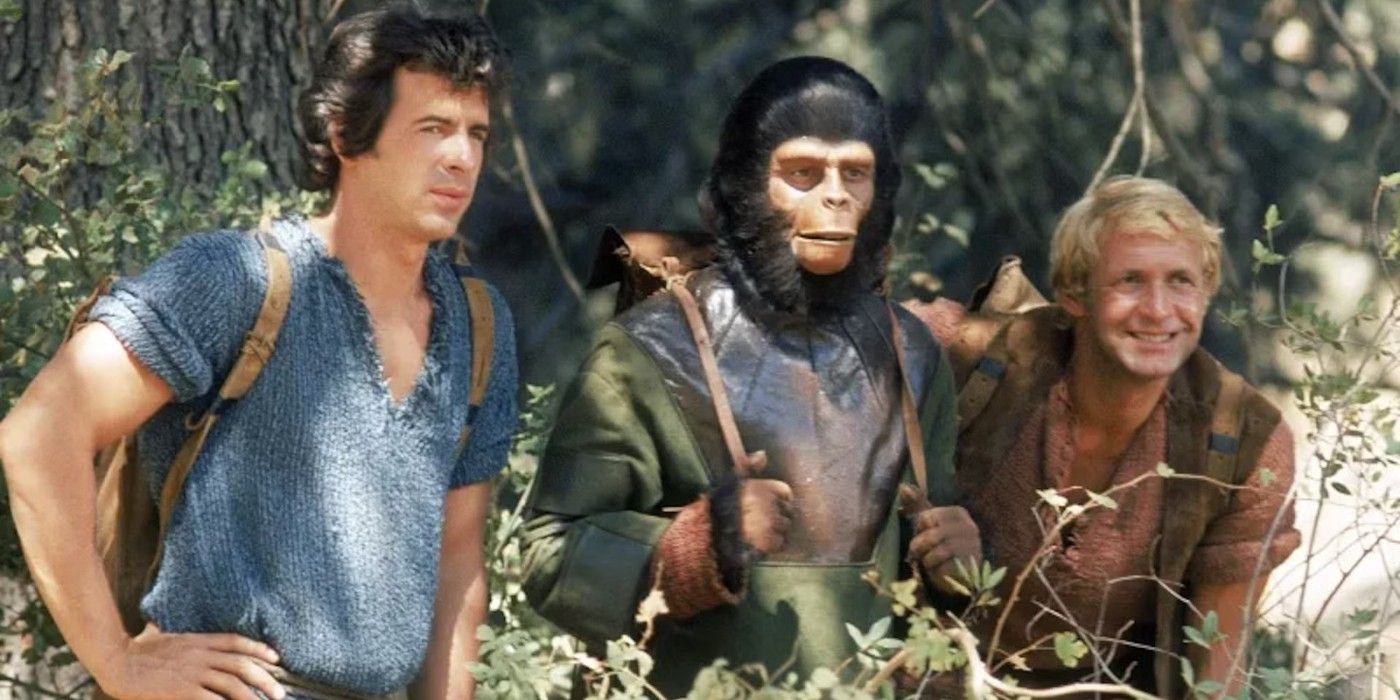
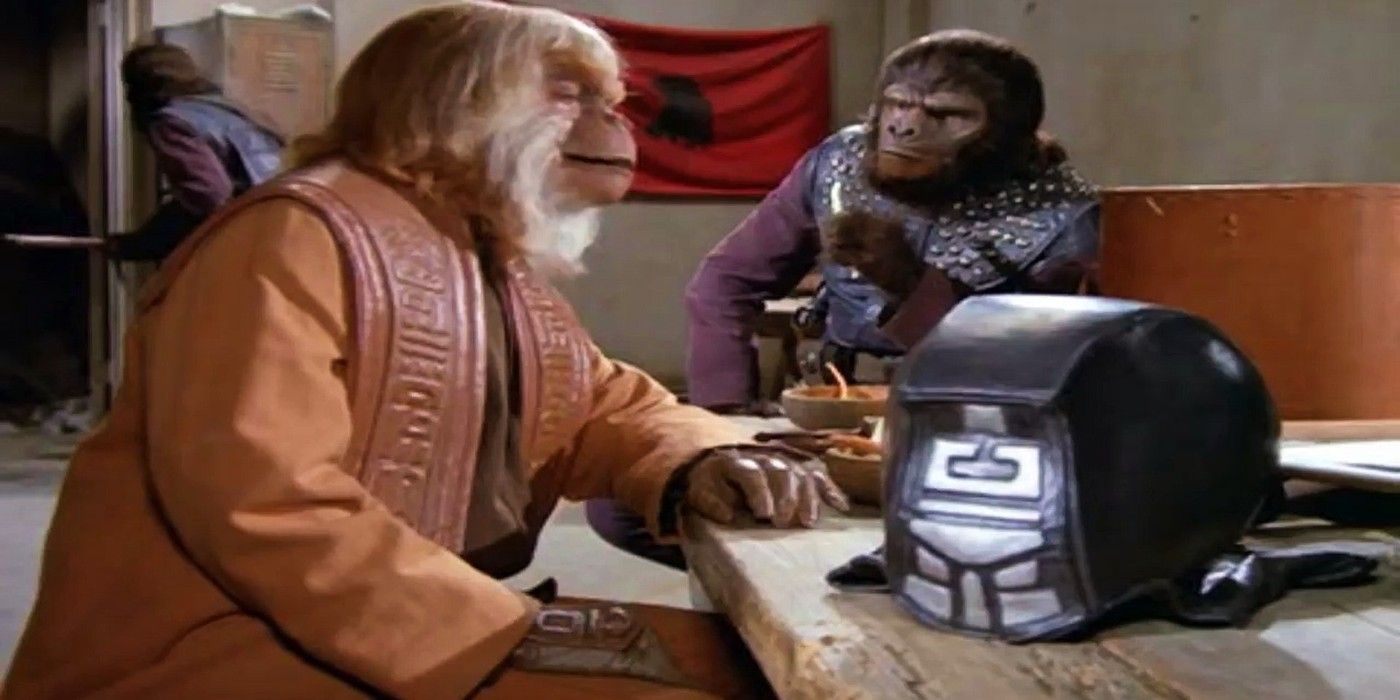
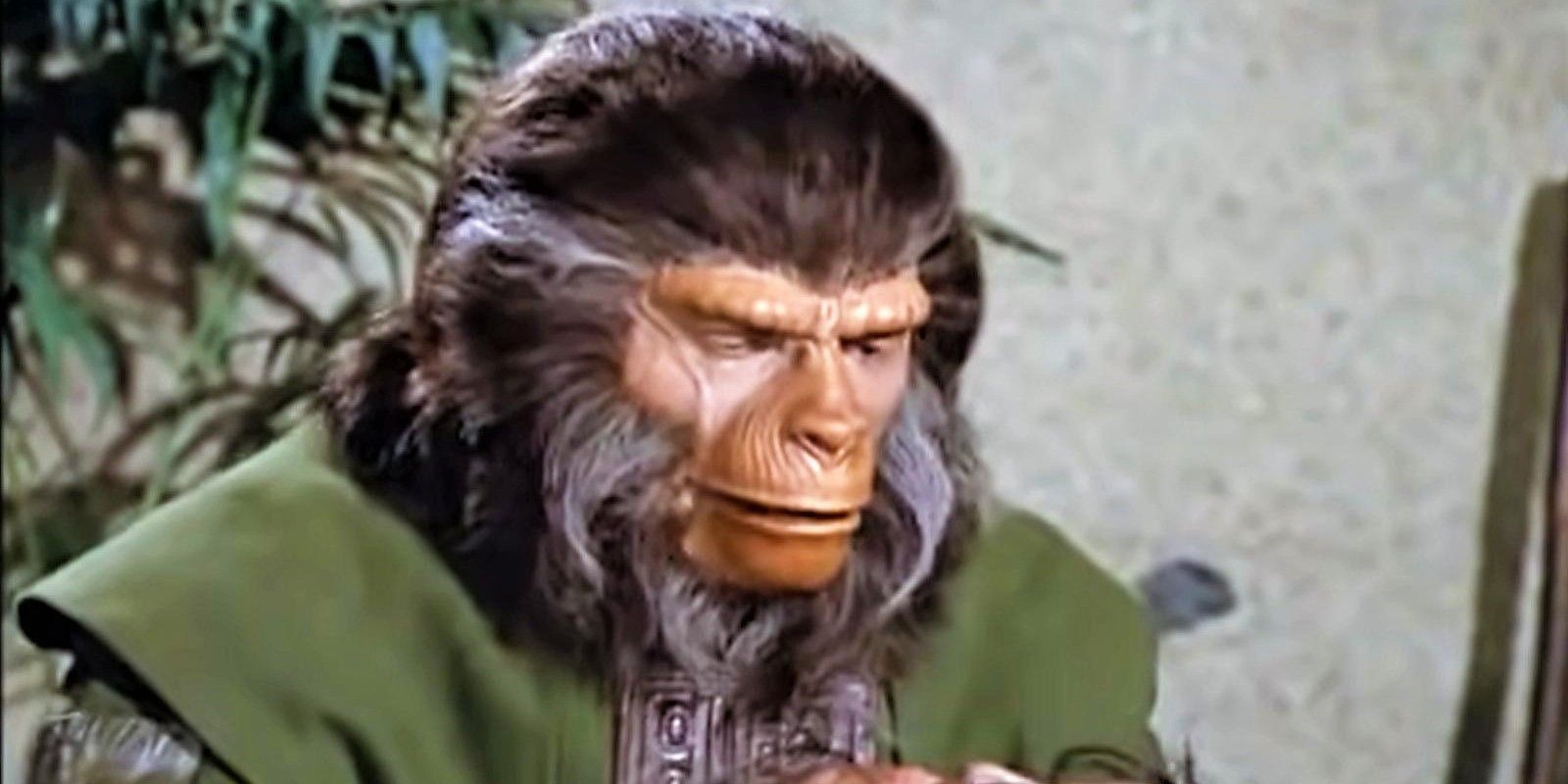
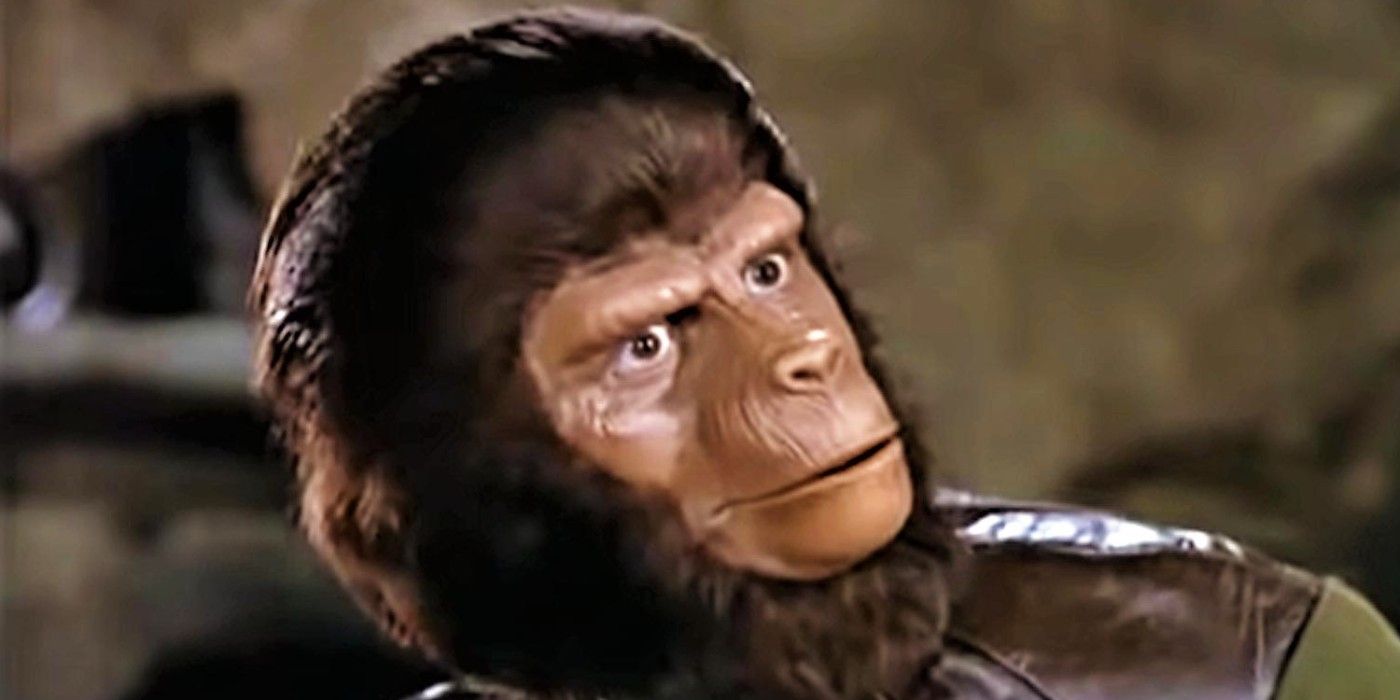
Many fans know about the original and its sequel, but fewer realize that there was a live-action TV show adaptation released in 1974. Unlike the movies, this series takes place a millennium before George Taylor’s arrival on Earth of the future, following a different duo of astronauts who land on Earth in the year 3085. In this world, humans have not yet devolved into primitiveness but are already subservient to apes.
The Planet of the Apes franchise expanded in a grand manner following the 1968 film, maintaining the grim atmosphere and profound themes from the movie and novel. The performance of Roddy McDowell as Galen stood out particularly, with the adaptation being a faithful take that should resonate with fans of the series.
And Spawned a Media Franchise
In 1978, a year following the sensational debut of Star Wars: A New Hope, Battlestar Galactica made its television premiere. This series represented one of the initial efforts to adapt the space opera and space epic genres for television. It narrates the tale of the Battlestar Galactica, the lone surviving starship after a catastrophic war between humans and Cylons, as it strives to guide the remaining fragments of humanity towards a new homeland.
Battlestar Galactica encountered financial and legal difficulties because of its grand ambitions, yet it left an indelible impression on science fiction lore. Its somber tone, thought-provoking themes, and expansive scope set it apart, resulting in a media empire and inspiring the creation of subsequent, more sophisticated sci-fi shows.
Its Unique Style Is Quite Charming Today
One of Gerry Anderson’s pioneering works, Thunderbirds, was among the first to use Supermarionation – a revolutionary technique that combines marionette puppets with a synchronized solenoid system for dialogue. This series centered around the Tracy family, made up of an ex-astronaut and his five grown sons, who were part of an elite International Rescue Team.
Originally groundbreaking, it now exudes a delightful vintage appeal within the series. Moreover, its thrilling elements of peril and exploration continue to resonate strongly, resulting in a heartwarming and lively experience suitable for viewers across generations.
A Must-Watch for Modern Doctor Who Fans
As a film enthusiast, I can’t imagine the world without the influence of “Doctor Who” during its iconic golden age. This beloved series first graced our screens back in 1963 and continued until 1989, before making a stunning comeback in 2005. Just like the current version, the classic era chronicled the Time Lord known as the Doctor on his thrilling time-travel escapades alongside an assortment of companions.
The TV series Doctor Who established a lasting framework for its continuation by enabling different actors to play the title character without necessitating a complete re-launch of the show. Moreover, the early years of this program were characterized by an endearing charm, innovative blending of genres, and a slower tempo that contemporary viewers may find both soothing and engaging.
It Highlights the Power of Storytelling in Sci-Fi
The Twilight Zone was an innovative anthology series that continues to impress viewers even today. Although often categorized as science fiction, it didn’t strictly follow this genre, instead providing a captivating mix of sci-fi, horror, fantasy, dystopian stories, and more. Each individual episode explores unique and eerie events occurring within the mysterious “Twilight Zone.
The Twilight Zone thrived in the anthology structure by captivating audiences with self-contained tales that frequently included unexpected turns, top-notch writing, and thoughtful social commentary. It showcased the force of storytelling and illustrated the versatility of science fiction and genre blending through its vast collection of compelling, unusual, and thought-provoking stories.
Forming a Cornerstone of Science Fiction
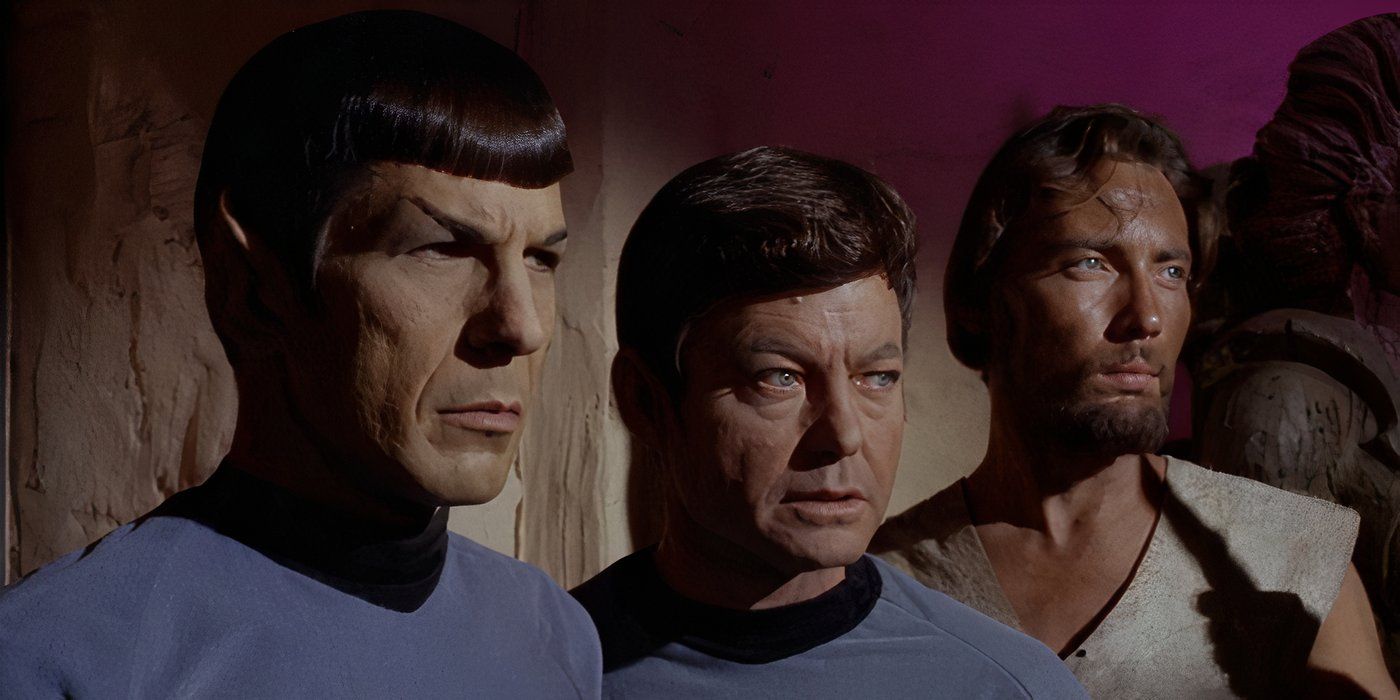
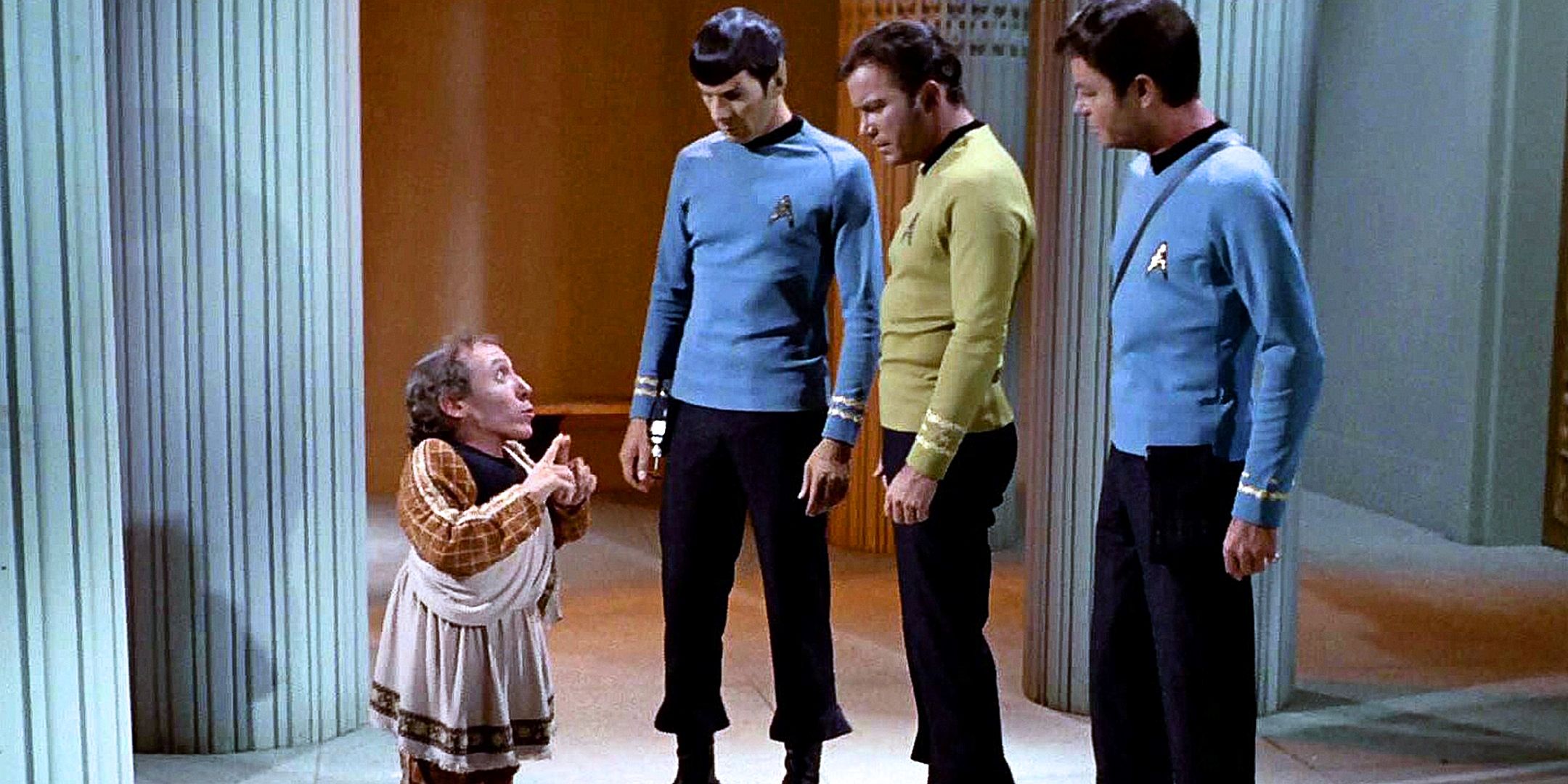
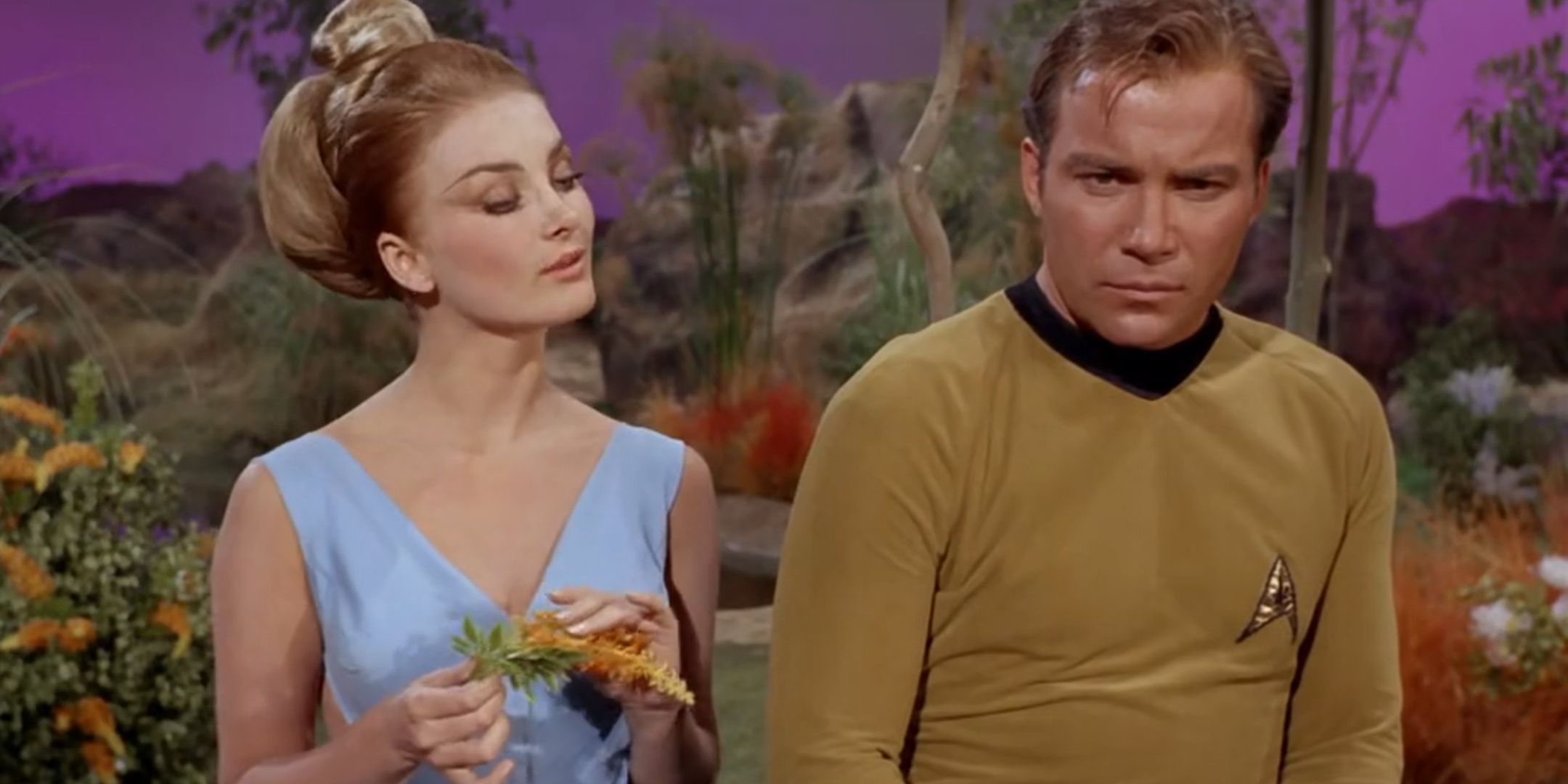
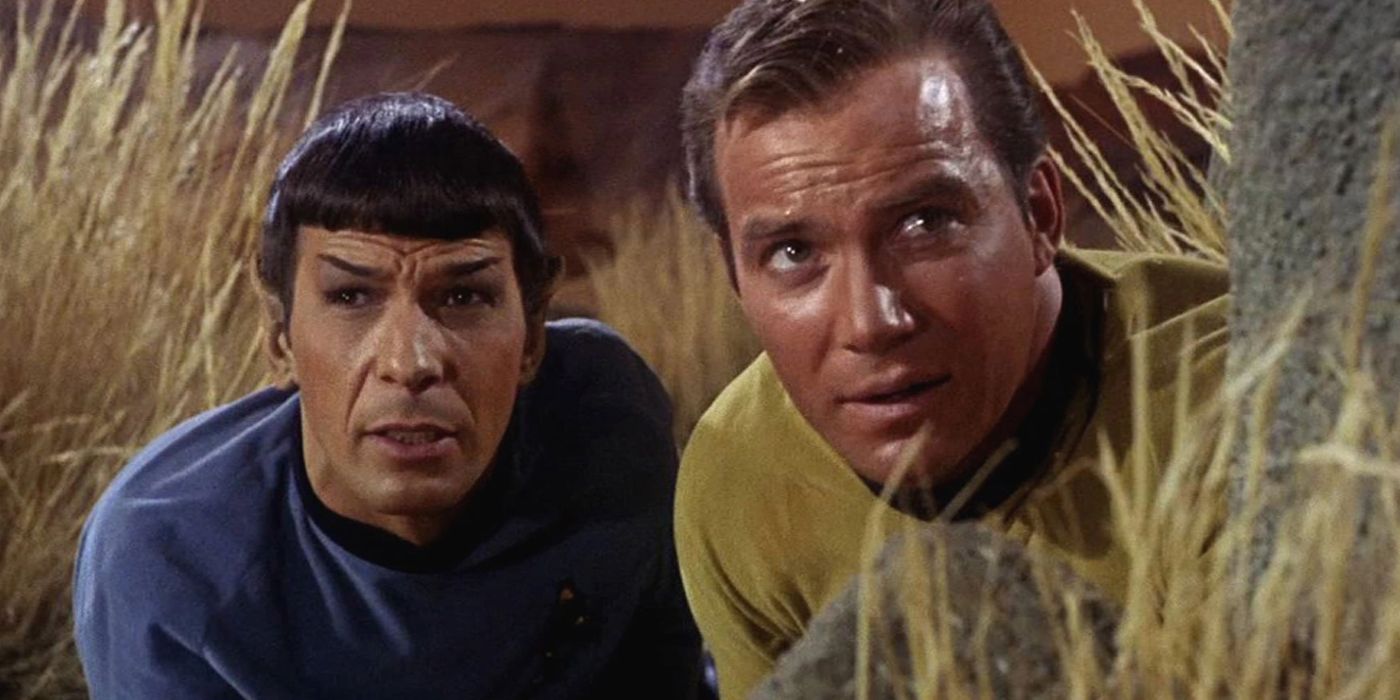
Originally airing as Star Trek: The Original Series, this groundbreaking show ignited the expansive universe of Star Trek. The storyline centers around Captain James T. Kirk (William Shatner) and his team as they embark on a five-year voyage aboard the USS Enterprise. Throughout their journey, they traverse uncharted planets and alien cultures in the cosmos.
Despite receiving poor initial reviews, the show eventually gained significant popularity, leading to 11 television series and 13 feature films being produced based on it. The show was distinctive at the time due to its futuristic backdrop, meticulous world-building, diversity, political commentary, and serialized storytelling centered around characters. Its daring, innovative concept became a foundation for science fiction television, and its tales continue to captivate modern audiences as they remain intriguing and timeless.
Read More
- Forza Horizon 5 Update Available Now, Includes Several PS5-Specific Fixes
- Gold Rate Forecast
- ‘The budget card to beat right now’ — Radeon RX 9060 XT reviews are in, and it looks like a win for AMD
- Masters Toronto 2025: Everything You Need to Know
- We Loved Both of These Classic Sci-Fi Films (But They’re Pretty Much the Same Movie)
- Valorant Champions 2025: Paris Set to Host Esports’ Premier Event Across Two Iconic Venues
- Karate Kid: Legends Hits Important Global Box Office Milestone, Showing Promise Despite 59% RT Score
- Eddie Murphy Reveals the Role That Defines His Hollywood Career
- Discover the New Psion Subclasses in D&D’s Latest Unearthed Arcana!
- Street Fighter 6 Game-Key Card on Switch 2 is Considered to be a Digital Copy by Capcom
2025-05-01 22:22